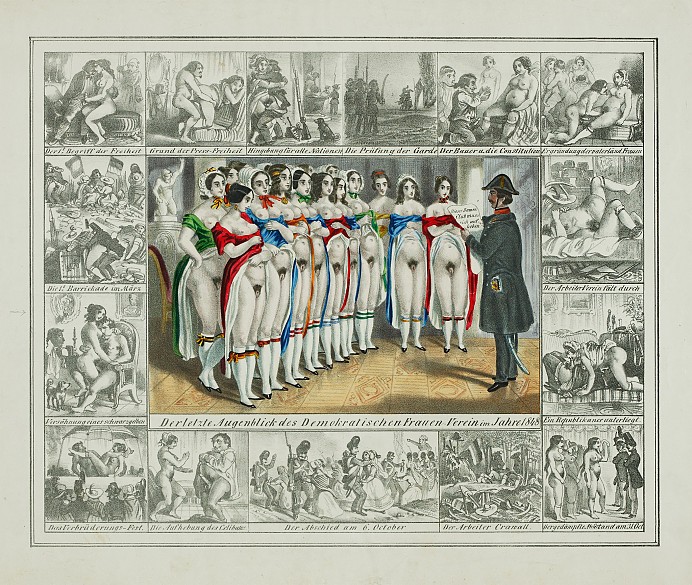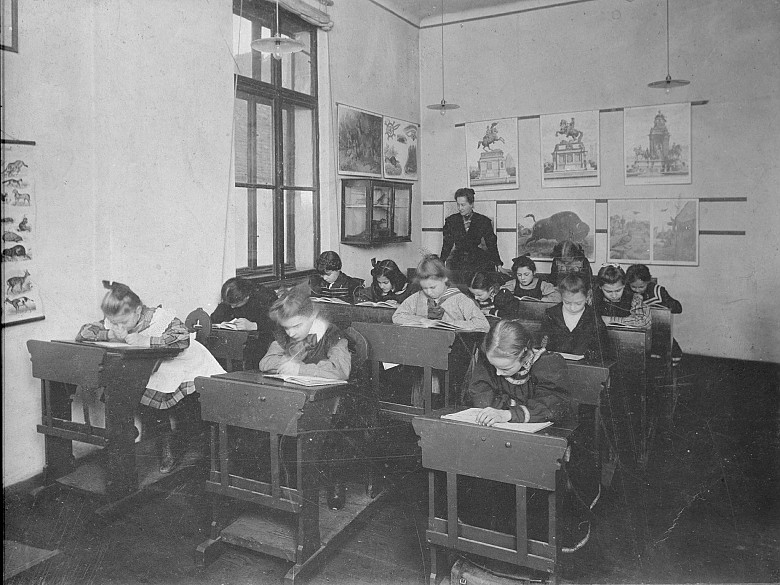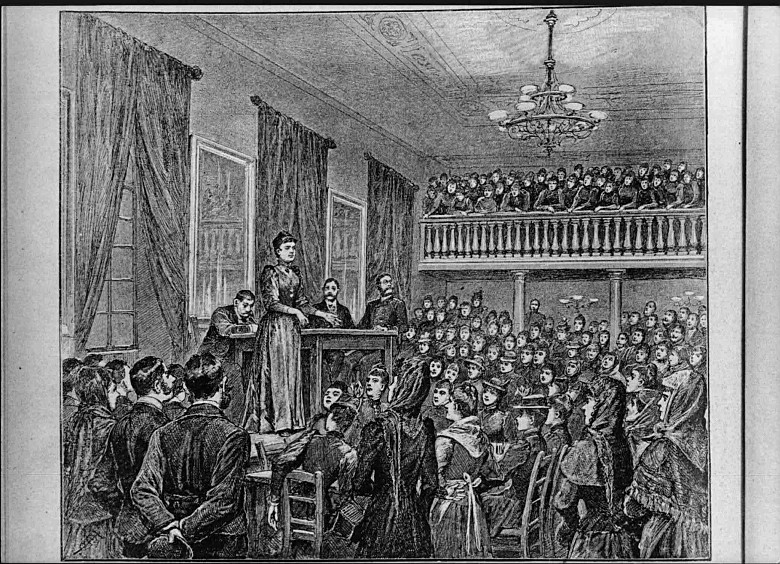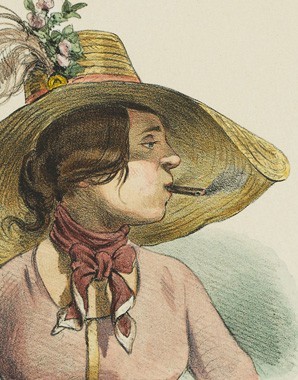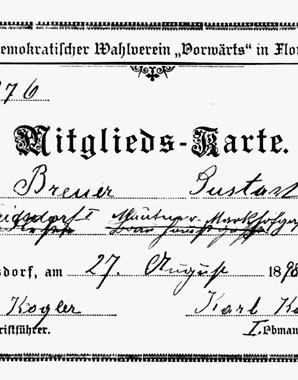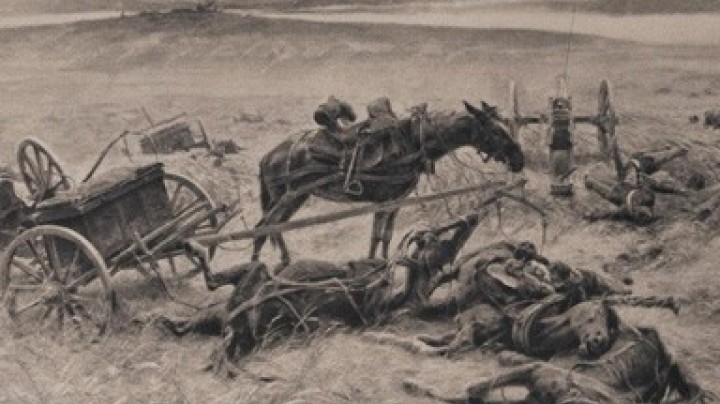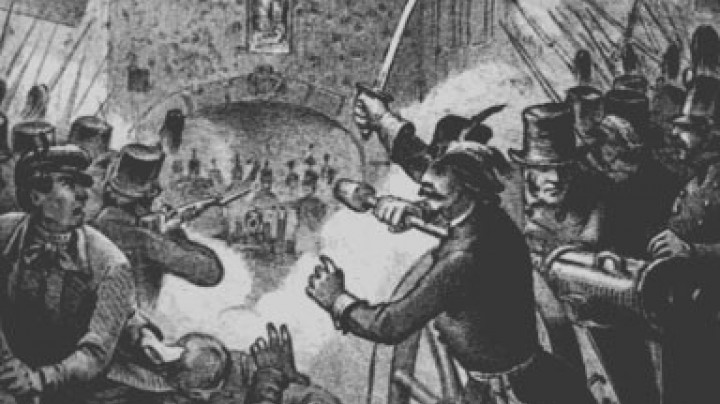Austrian women fighting for women’s rights
With the foundation of the first women’s associations in 1867 there began a battle for equal rights for women which still continues today. Personalities such as Marianne Hainisch and Adelheid Popp fought for women’s rights in education and for female suffrage
The beginnings of the Austrian women’s movement originated from the events of 1848: the Democratic Women’s Association protested against lower wages for women. Ridiculed by many men, and because the 1867 Law on Assembly and Association denied women membership of explicitly political associations, it was dissolved shortly afterwards. Its spirit re-emerged in new associations that devoted themselves to charitable and educational concerns.
The women’s rights movement was particularly involved in seeking greater rights and opportunities for women in the field of education. A first step was taken with the Imperial Elementary School Law of 1869: girls from all levels of society henceforth had the right to continue their education at secondary level. With a proper education, women could become active in new professional fields. They tended to become teachers and educators. In the public sector, however, the proportion of women remained very low until 1890 (three per cent). The goal of the middle-class women’s associations, such as the Austrian Association of Female Teachers and Educators – founded in 1869 by Marianne Hainisch – was also to win access for women to higher education. As a result of their dedication the first grammar school for girls was established in Vienna in 1892, and in 1897 the first women students were admitted to the University of Vienna. They were in initially restricted to studying arts subjects, although admittance to the Medical Faculty was granted in 1900. Finally, in 1919, women gained access to all university disciplines.
Proletarian women’s associations represented working women and domestic employees, who were socially and legally underprivileged and had no vote under the contemporary census suffrage. A leading personality in the Arbeiterinnen-Bildungsverein (Working Women’s Educational Association), founded in 1890, was Adelheid Popp. As editor of the Arbeiterinnen-Zeitung (Working Women’s Newspaper), published since 1893 as a supplement of the Social Democratic Arbeiter-Zeitung, she created a public mouthpiece for women. Later these associations were incorporated into the Social Democratic Party, which continued to campaign for female suffrage. It was only in 1918 that full political participation was achieved with the universal, direct, equal and secret suffrage for all Austrian women.
